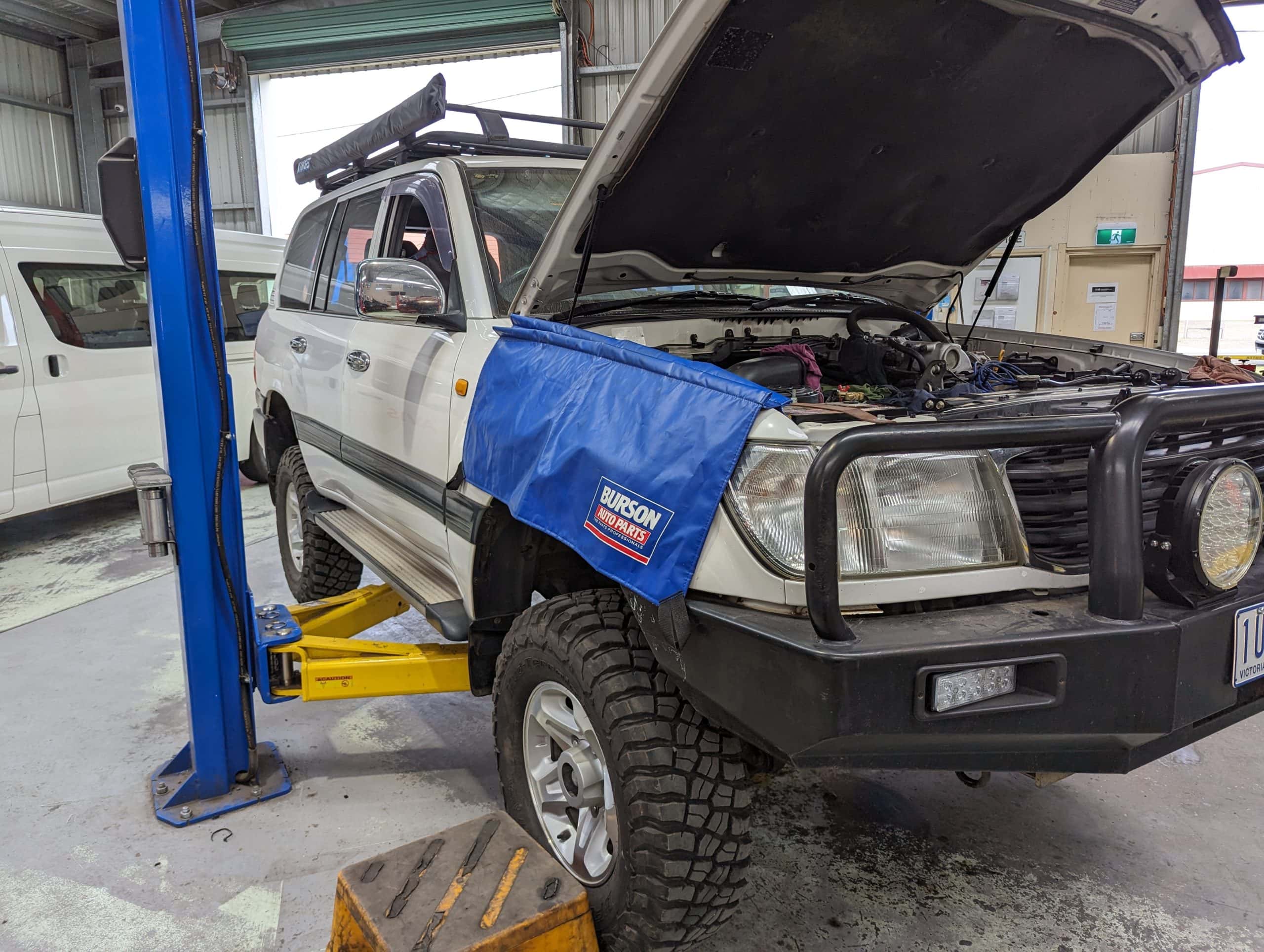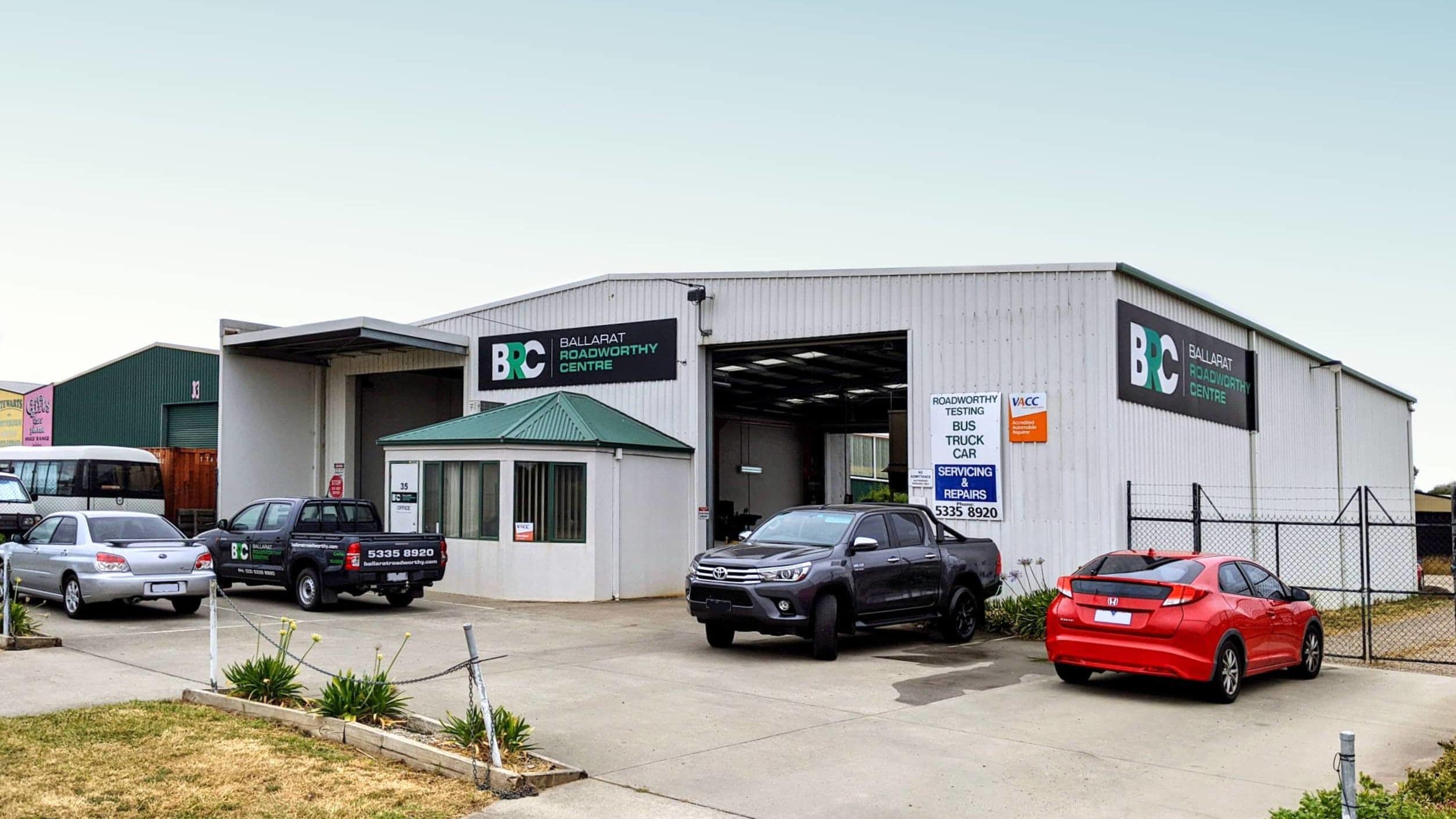Understanding the Bus Annual Inspection Process: A Deep Dive with Ballarat Roadworthy Centre
Buses play an indispensable role in ferrying passengers safely to their destinations. Each day they are loaded with children, elderly, parents, families, and other loved ones. With this significant responsibility, it becomes crucial to ensure these vehicles are in optimal condition.
Welcome to Ballarat Roadworthy Centre, Regional Victoria's leading bus safety experts. We place paramount importance on bus inspections and safety. Let’s delve into the intricacies of the Annual Bus Inspection, often referred to as ASI, and understand its significance.
The Mandate for Bus Safety Inspections
Every accredited bus operator in Victoria has the responsibility of ensuring that the buses used to provide a service undergo a Bus Safety Inspection. This could be annually or at other prescribed intervals. It's not just about abiding by the rules but ensuring the safety and well-being of every passenger and road user.
Licensed bus testers accreditation
In the realm of vehicle safety, the inspection's value is enhanced by the expertise of who conducts it. In Victoria, bus testers are licensed by VicRoads, ensuring they possess the right skills, knowledge, and authority to check and certify buses for safety and roadworthiness.
What Does the Inspection Entail?
The ASI or Annual Bus Inspection is more than just a cursory look-over. It's a comprehensive Bus Roadworthy Inspection to ensure the bus's key components are in good condition and haven't deteriorated over time. The inspection addresses several crucial areas, including but not limited to:
- Wheels and Tyres: Ensuring they have no major cuts or scrapes, are aligned, are not excessively worn, and are the correct type for the vehicle.
- Steering, Suspension, and Braking Systems: The vital systems that allow for the bus's control and stopping power. This includes a brake test for all buses and a brake roller test for all buses over 4.5 tons.
- Seats and Seat Belts: Checking for structural integrity and proper functioning, ensuring passengers are safely secured.
- Lamps and Reflectors: Ensuring visibility during night and foggy conditions.
- Windscreens and Windows: Checking for damage and the security of the windscreen and the accessibility of the emergency exits.
- Wipers and Washers: Ensuring they function correctly for clear vision in adverse weather conditions.
- Bus Structure: Examining the bus's overall structure to ensure it's robust and safe.
- Other Safety-Related Items: This encompasses an examination of the body, chassis, engine for any potential safety concerns, bus signs and labels, fire extinguishers, and much more.
After the Inspection
Once the inspection is concluded, the licensed bus tester will either issue an Annual Bus Roadworthy Certificate or a test report. If a test report highlighting defective areas is given, no follow-up inspection is needed. However, these defects are not to be ignored.
Accredited operators must incorporate these defects into their maintenance management system. Before the bus is allowed back on the road, these defects need rectification. Moreover, operators should meticulously maintain records of these annual inspections and any subsequent defect repairs.
Conclusion
At Ballarat Roadworthy Centre, our focus isn't just on conducting inspections; it's on safeguarding communities. We shoulder this duty with pride and precision. Remember, the essence of a bus doesn't merely lie in its ability to transport but to do so safely and reliably. For more details on bus safety and inspections, you can read more here, or feel free to reach out to our team of experts. Safe travels!


